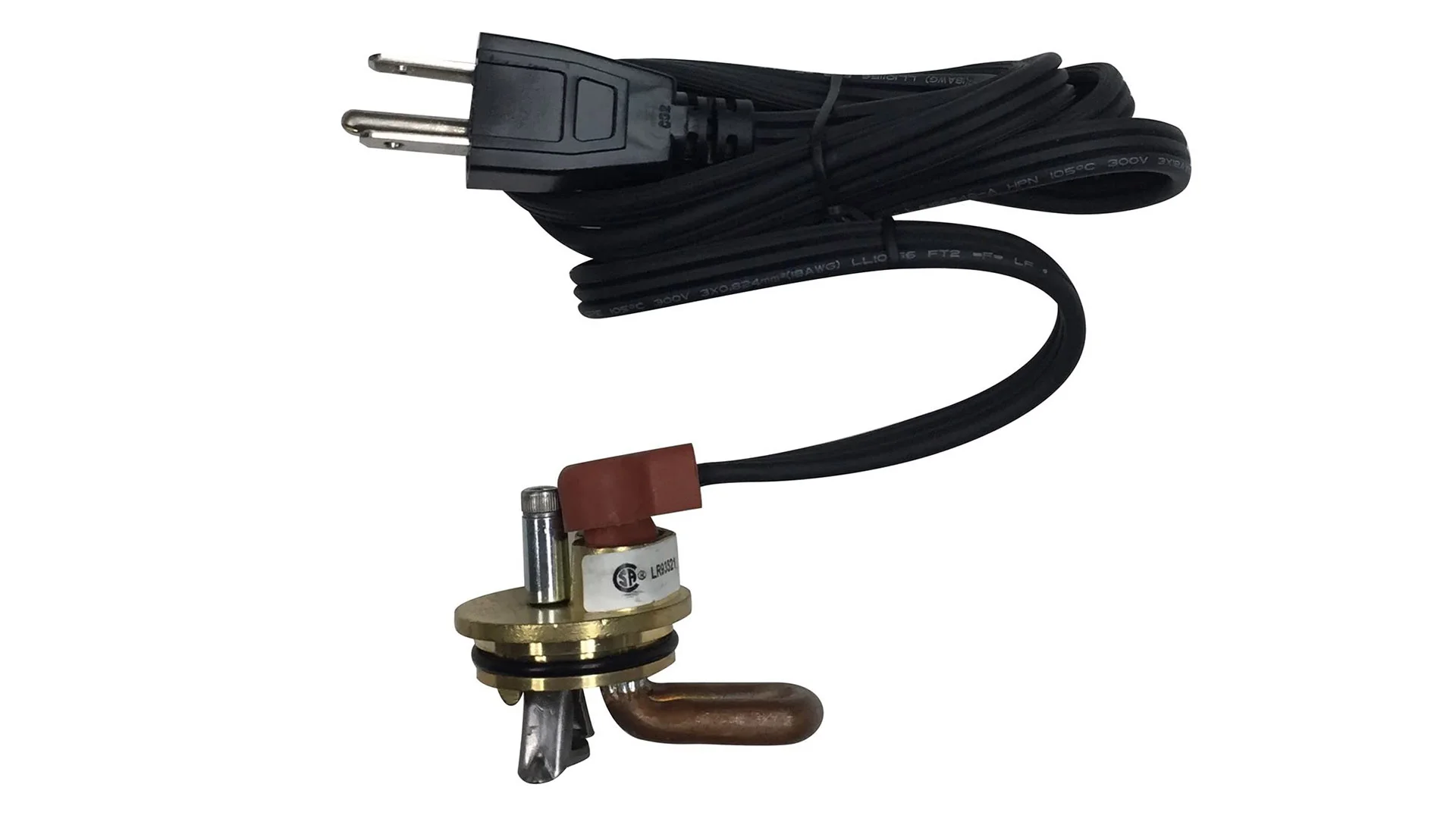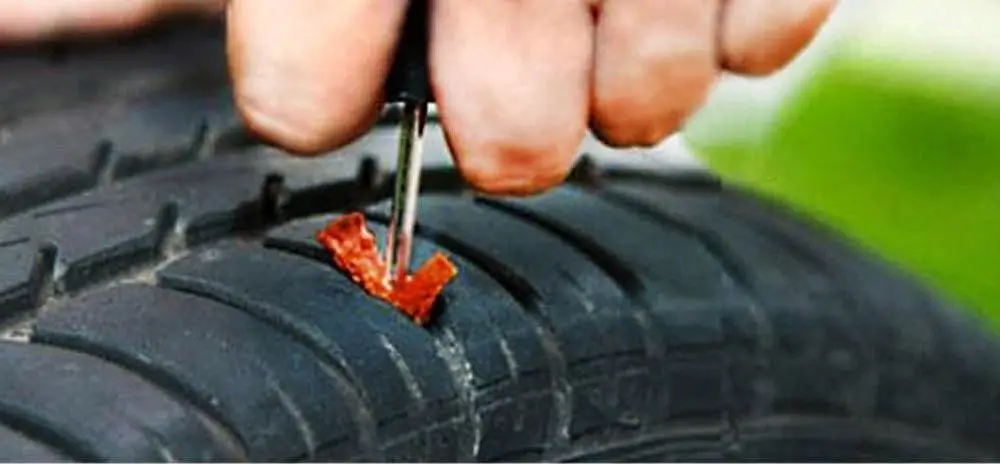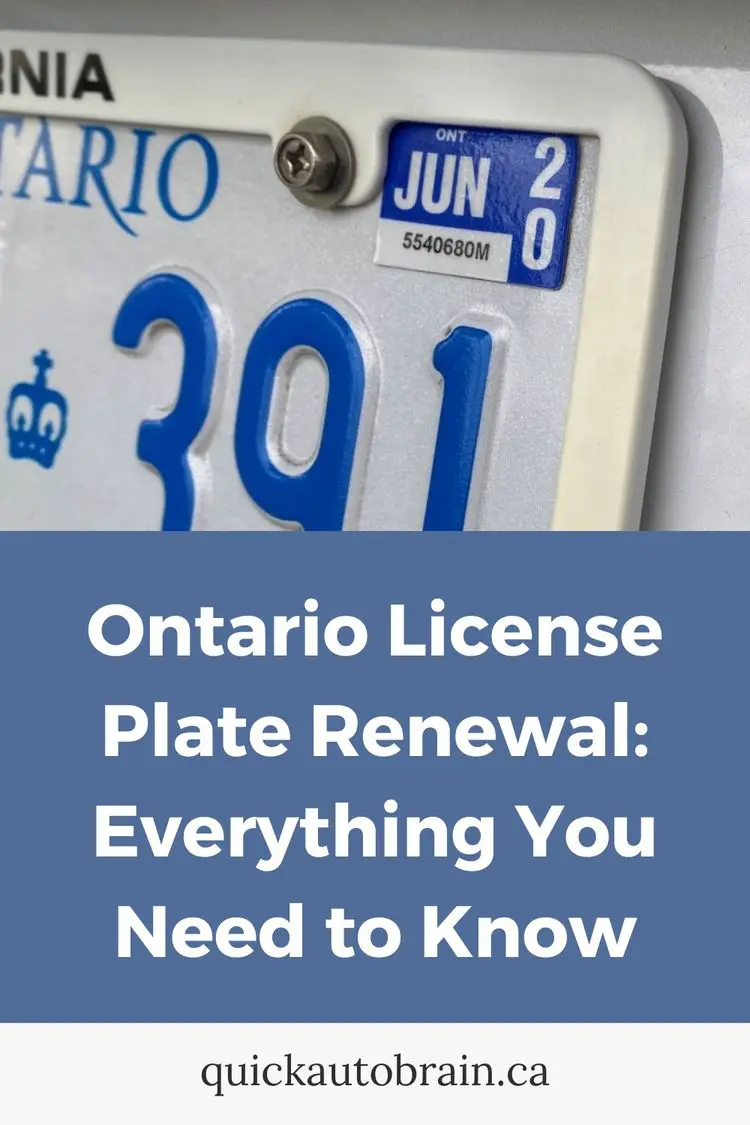For anyone with even a basic understanding of cars, spark plugs are a well-known and vital component. When these crucial parts fail, your entire engine can be affected, making spark plug replacement a necessary task. However, to do this job correctly, knowing the precise size of your spark plug socket is paramount.
Spark plugs don’t conform to a universal size; they come in a variety of dimensions to suit different engines and applications. While there’s no standardized size, the two most common spark plug sizes you’ll encounter are 5/8 inches and 13/16 inches. For specialized engines, you might even encounter different sizes, prompting the need for specific spark plug sockets designed to accommodate these variations.

So, if you find yourself in the market for a spark plug socket, it’s crucial to approach your purchase with some key considerations in mind. In our exploration, we’ll not only address the diversity of spark plug types but also provide valuable insights into what factors to consider when selecting the perfect socket for your specific requirements.
What is a Spark Plug Socket?
A spark plug socket is a specialized tool designed for the removal and installation of spark plugs in internal combustion engines. It is an essential part of any mechanic’s or DIY enthusiast’s toolkit when it comes to maintaining and servicing a vehicle’s ignition system.
The spark plug socket differs from a regular socket wrench in that it has a rubber or foam insert inside, which serves two main purposes:
- Protection: The rubber or foam insert inside the socket is designed to grip the spark plug securely without damaging the ceramic insulator or the electrode tips. Regular sockets may not provide the same level of protection, and using them can lead to spark plug damage during removal or installation.
- Extension: Spark plugs are often located deep within the engine’s cylinder head, making them challenging to access with a standard socket wrench. Spark plug sockets are typically longer, providing the necessary extension to reach the spark plug comfortably.
Spark plug sockets come in various sizes to accommodate different spark plug diameters. The most common sizes for spark plug sockets are 5/8 inch and 13/16 inch for standard spark plugs and 16mm and 21mm for metric spark plugs.
Choosing the correct socket size is crucial to ensure a snug fit and prevent any damage to the spark plug during servicing.
RELATED: How To Reduce AC Load On Engine
What Size is a Spark Plug Socket?
A spark plug socket typically comes in different sizes to accommodate various spark plug types and diameters. The two most common sizes for spark plug sockets are:
- 5/8 Inch (16mm): This size is commonly used for standard spark plugs in many vehicles, especially those with gasoline engines. It fits spark plugs with a 5/8-inch (16mm) hex nut.
- 13/16 Inch (21mm): This size is often used for larger or high-performance spark plugs. It fits spark plugs with a 13/16-inch (21mm) hex nut.
It’s essential to choose the correct spark plug socket size for your specific vehicle’s spark plugs to ensure a proper fit and prevent any potential damage during removal or installation. To determine the correct size for your spark plugs, consult your vehicle’s owner’s manual or check with a mechanic or auto parts store for guidance.
How to Find the Right Size of Your Spark Plug Socket?
Finding the right size of your spark plug socket is essential for the proper removal and installation of spark plugs. Here’s how you can determine the correct size:
- Consult Your Vehicle’s Manual: The most reliable way to find the right spark plug socket size for your vehicle is by checking the owner’s manual or service manual. These manuals typically provide specifications for all parts and tools, including spark plugs and sockets.
- Check the Existing Spark Plugs: If you’re replacing old spark plugs, you can remove one and inspect the hex nut size. Use a ruler or a caliper to measure the width across the flat sides of the nut. Common sizes are 5/8 inch (16mm) and 13/16 inch (21mm), but other sizes exist.
- Use an Online Tool: There are online tools and databases where you can enter your vehicle’s make, model, and year to find specific information about the spark plugs, including the socket size recommended by the manufacturer.
- Ask a Professional: If you’re unsure about the spark plug socket size, consult a professional mechanic or visit an auto parts store. Mechanics have experience with various vehicle models and can provide guidance. Auto parts stores often have reference materials and knowledgeable staff who can assist you.
- Inspect Your Existing Tools: If you already have a set of sockets, check if it includes a spark plug socket. Spark plug sockets are usually labeled with their size, making it easy to identify the correct one.
- Measure the Spark Plug: If you can’t access the vehicle’s manual or existing spark plugs, you can measure the spark plug itself. Use a caliper to measure the width across the flat sides of the spark plug’s hex nut.
Consider this table for the size of most spark plugs sockets:
| Millimeters | Inches | Type of Vehicle |
|---|---|---|
| 14 | 9/16 | Some cars, but not very common |
| 16 | 5/8 | Small cars, newer cars and motorcycles |
| 19 | 3/4 | Lawnmowers, tractors and some motorcycles |
| 20 | 13/16 | Older cars |
| 8 | 11/16 | Some old cars |
Remember that using the wrong-sized socket can damage the spark plug or make it challenging to remove and install. Therefore, it’s crucial to take the time to determine the correct size before attempting any spark plug maintenance on your vehicle.
Things to Keep In Mind When Buying a Spark Plug Socket
When buying a spark plug socket, there are several important factors to keep in mind to ensure you get the right tool for your needs. Here are some things to consider:
- Size Compatibility: The most critical factor is selecting a socket that fits your spark plugs. Check your vehicle’s manual or the existing spark plugs to determine the correct socket size. Common sizes are 5/8 inch (16mm) and 13/16 inch (21mm), but other sizes may exist. Using the wrong size socket can damage the spark plugs.
- Socket Material: Spark plug sockets are typically made of steel or chrome vanadium for durability. Consider the quality of the material, as a well-made socket will last longer and provide a better grip.
- Magnetic or Non-Magnetic: Some spark plug sockets have a magnetic interior to securely hold the spark plug during removal and installation. This can be particularly useful when dealing with deep-set spark plugs or when working in tight spaces.
- Rubber Inserts: Some sockets come with rubber inserts or inserts made of other materials to protect the porcelain insulator of the spark plug from cracking during installation. These can help prevent damage to the spark plug.
- Swivel or Flex-Head: If you’re working in tight or hard-to-reach spaces, a spark plug socket with a swivel or flex-head can make the job much easier. These sockets allow for better maneuverability.
- Socket Depth: Ensure that the socket is deep enough to accommodate the entire length of the spark plug, including the threads. This prevents damage to the spark plug and provides a secure grip.
- Drive Size: Spark plug sockets typically come in 3/8-inch or 1/2-inch drive sizes. Make sure the socket you choose matches the drive size of your ratchet or torque wrench.
- Brand and Quality: Consider purchasing from reputable brands known for producing high-quality tools. Quality sockets are less likely to round off or damage spark plugs.
- Budget: While quality is essential, you can find spark plug sockets at various price points. Set a budget and look for a socket that meets your needs without overpaying for features you won’t use.
- Storage and Organization: Some spark plug sockets come with storage cases or trays, which can help keep your tools organized and prevent them from getting lost in your toolbox.
- Warranty: Check if the socket comes with a warranty or satisfaction guarantee. This can provide peace of mind in case of any defects or issues with the tool.
- User Reviews: Read reviews from other buyers to get insights into the performance and durability of the socket you’re considering.
How To Maintain Your Spark Plug Socket
Maintaining your spark plug socket is essential to ensure it remains in good working condition and prolongs its lifespan. Here are some steps on how to maintain your spark plug socket:
- Clean After Use: After using the socket, always clean off any dirt, grime, or debris that may have accumulated on its surface. Use a clean cloth or a wire brush to remove any contaminants. This prevents the buildup of abrasive materials that could damage the socket over time.
- Inspect for Damage: Regularly inspect your spark plug socket for any signs of damage, such as cracks, chips, or deformation. If you notice any issues, replace the socket immediately. Using a damaged socket can lead to difficulties in removing or installing spark plugs and potentially damage the plugs themselves.
- Check for Wear: Over time, the interior of the socket may wear down due to repeated use. Check the socket’s grip on spark plugs to ensure it’s still holding them securely. If you notice a loose fit, it’s time to replace the socket to avoid damaging the spark plugs during removal or installation.
- Lubrication: Apply a small amount of lubricating oil to the interior of the socket to help reduce friction when attaching it to spark plugs. This can make it easier to slide the socket onto the plugs and minimize the risk of damage.
- Store Properly: When not in use, store your spark plug socket in a clean and dry environment, such as a toolbox or drawer. Keeping it protected from moisture and dust will help maintain its condition.
- Use Correctly: Always use the spark plug socket for its intended purpose—removing and installing spark plugs. Avoid using it as a general socket for other tasks, as this can lead to wear and damage.
- Maintain Socket Inserts: If your spark plug socket has rubber or other inserts designed to protect the spark plug’s porcelain insulator, ensure these inserts are in good condition. Replace them if they become worn or damaged.
- Avoid Over-torquing: When using a torque wrench to tighten spark plugs, be careful not to over-torque them. Over-tightening can damage the threads on the plugs and the socket. Refer to your vehicle’s manual for the recommended torque specifications.
- Replace When Necessary: Spark plug sockets are not indestructible, and they will wear out over time, especially if used frequently. If you notice a decrease in grip or signs of wear, it’s a good idea to invest in a new socket.
- Keep Track of Warranty: If your spark plug socket came with a warranty, make sure to keep the warranty information and proof of purchase in case you need to make a claim.
What Are The 3 Sizes of Spark Plug Sockets?
Spark plug sockets come in various sizes to accommodate the different spark plug dimensions used in various engines. While there are more than three sizes available, the three most common spark plug socket sizes are:
- 5/8 Inches (16mm): This is the most common spark plug socket size and fits a wide range of standard spark plugs. Many consumer vehicles and small engines use spark plugs of this size.
- 13/16 Inches (21mm): This size is also quite common, especially in larger engines and some industrial applications. It’s slightly larger than the 5/8-inch socket and can handle larger spark plugs.
- 3/4 Inches (19mm): While not as common as the first two, this size is still used in certain engines. It falls between the 5/8-inch and 13/16-inch sizes in terms of diameter.
It’s important to note that some specialized engines may require unique spark plug sizes, so having a set of spark plug sockets with various sizes can be beneficial for mechanics and individuals working on different types of engines.
Are All Spark Plugs 14mm?
No, not all spark plugs are 14mm. Spark plugs come in various sizes, and 14mm is just one of the common sizes. The most common spark plug sizes include:
- 14mm: This is a common size for many spark plugs, especially in standard consumer vehicles.
- 16mm: Another common size, especially for smaller engines.
- 18mm: Less common but still used in some larger engines and industrial applications.
- 20.6mm: This size is often found in high-performance and racing engines.
- 9/16 inch (14.3mm): Some spark plugs are measured in inches, and this size is roughly equivalent to the 14mm spark plug.
- 13/16 inch (20.6mm): Similar to the 20.6mm size but measured in inches.
- Others: There are also specialized spark plug sizes for specific engine types and applications.
It’s imperative to check your vehicle’s specifications or consult the manufacturer’s recommendations to determine the correct spark plug size for your engine before purchasing or replacing spark plugs.
What size socket is NGK spark plugs?
NGK spark plugs typically use a 5/8 inch (16mm) spark plug socket. This is the most common size for NGK spark plugs, especially in standard consumer vehicles.
However, it’s always a good practice to check the specific spark plug size recommended for your NGK spark plugs as there may be variations depending on the spark plug model and the engine’s requirements.
Using the correct socket size ensures a proper fit and reduces the risk of damaging the spark plugs during installation or removal.



